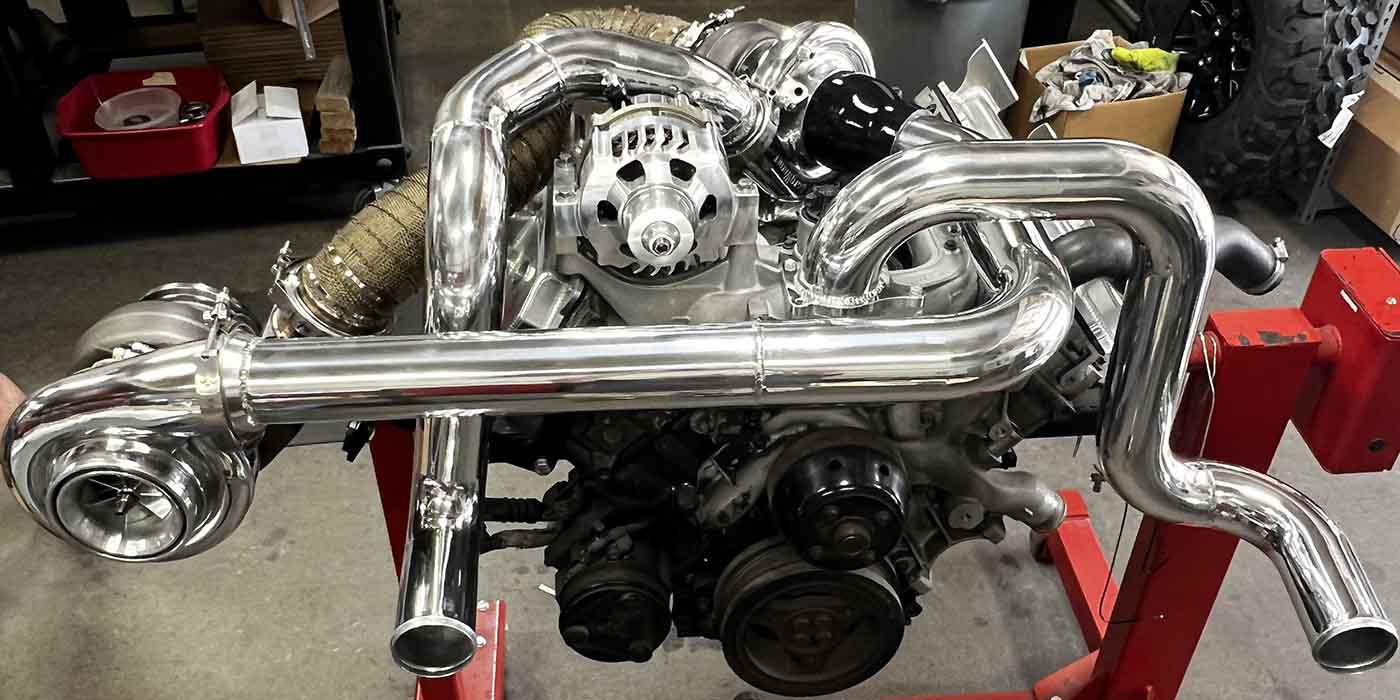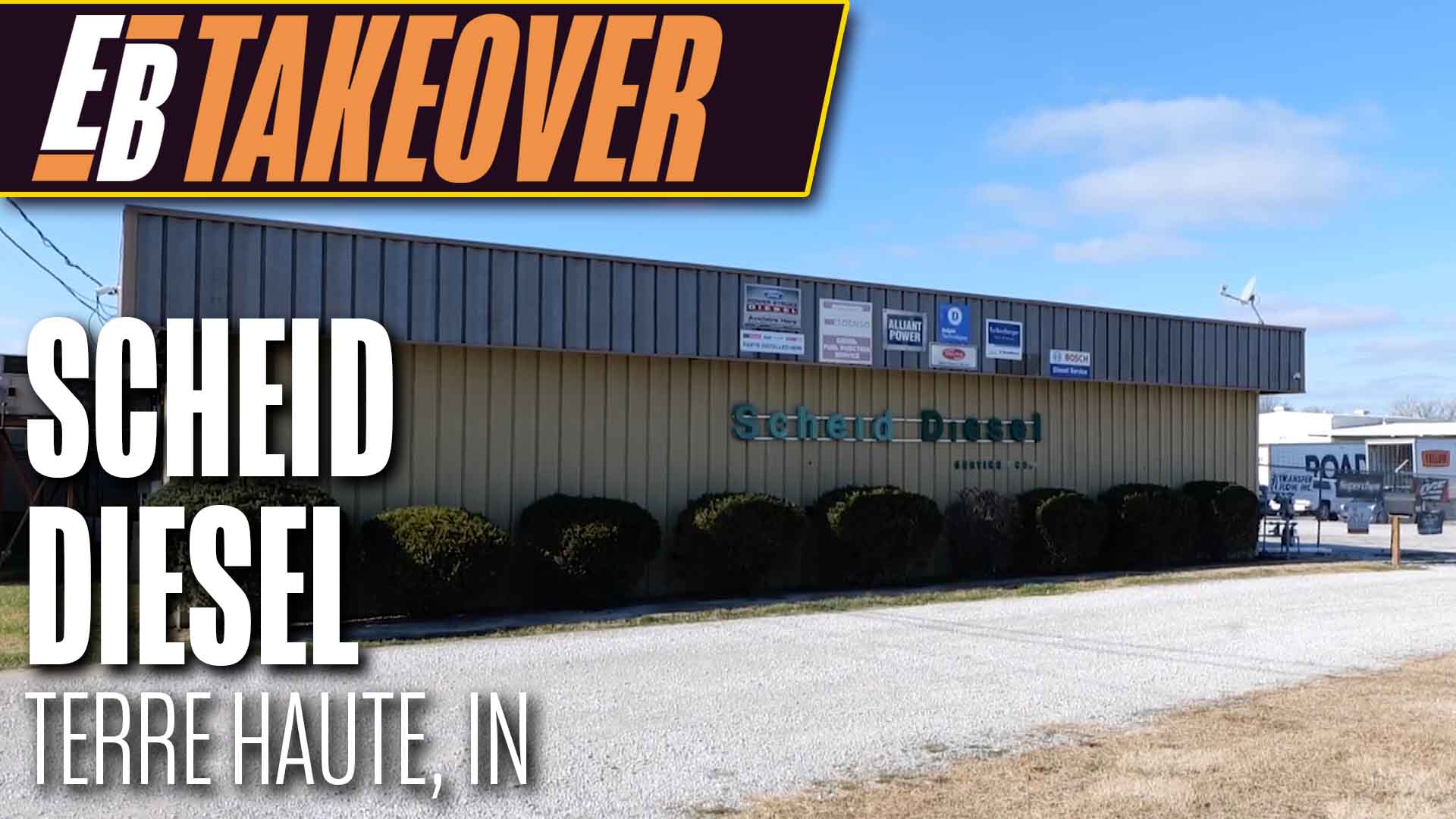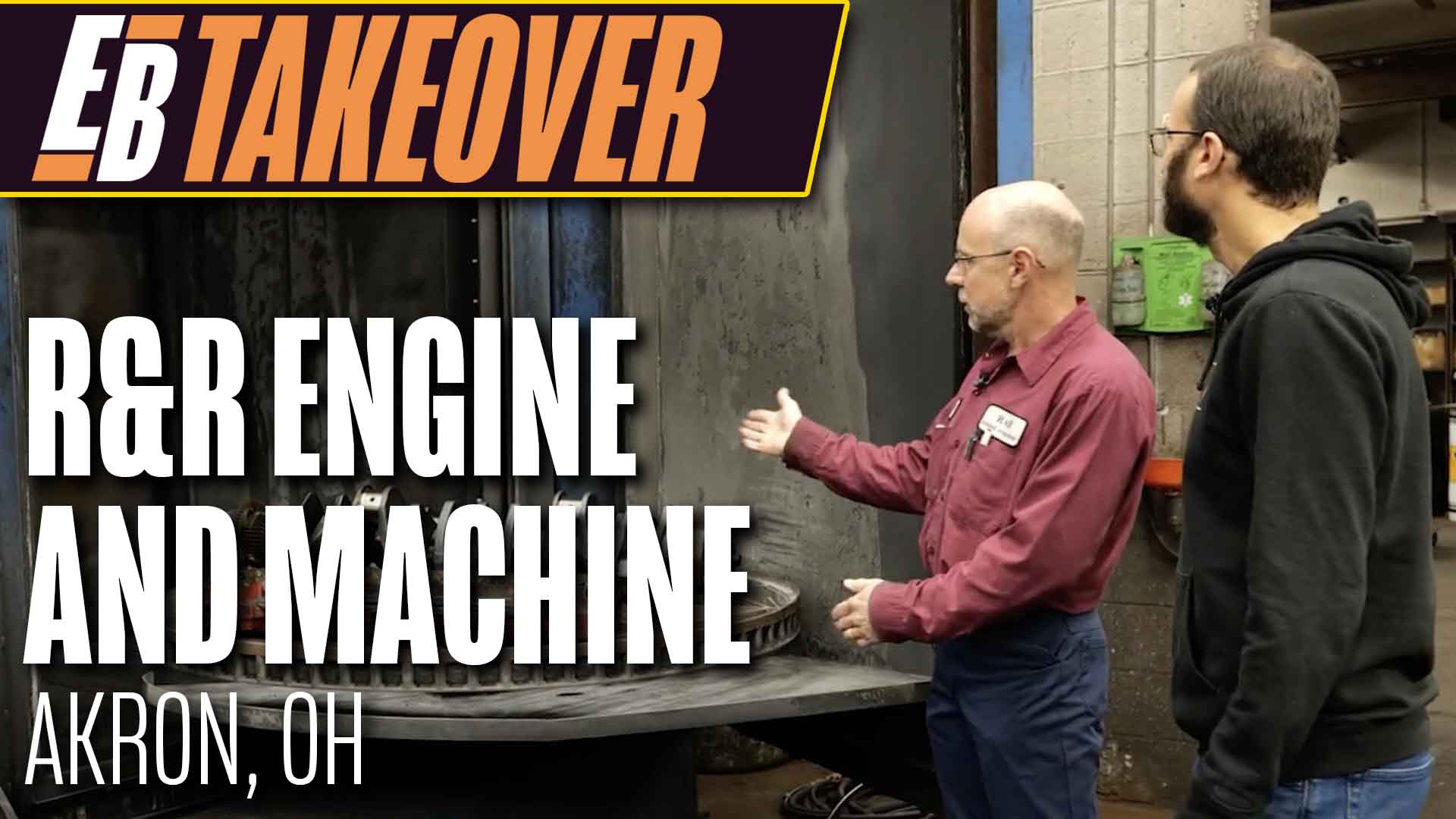When working on Cummins engines that are Common-Rail injected (2003 MY and up), you may experience diagnostic trouble code P0251. The customer complaint is usually a loss of power when the truck is in a hard pull, especially when towing.
I see this quite often at the shop. This code can be somewhat chronic if the problem is not properly diagnosed. There have been occasions where the truck has lost power so bad that the customer barely made it to their destination. The check engine light comes on and the customer is aware that something is definitely wrong. When the technician checks the diagnostic codes in the ECU, it will usually display code P0251.
Unfortunately, this code can be troubling because the diagnostics are so vague. The diagnostic test for this code is to check the fuel pressure regulator that is mounted on the high pressure common-rail injection pump. The fuel pressure regulator is an actuator. The regulator is controlled by the ECU and functions to open and close in order to control fuel pressure that is produced from the high pressure pump. The regulator is going to control how much fuel will enter the high pressure pump to be pressurized into the common-rail that supplies the injectors.
The diagnostic test is very simple. Unplug the two wire connector of the fuel pressure regulator and check for power on the white with red stripe wire. Place the test light in the pin of the connector and have someone turn on the ignition switch to the run position. The test light should come on and stay on for a few seconds and then go out. If this happens, suspect a bad regulator because the ECU function is working properly. If the test light does not come on with in a period of approximately 20 seconds, then there may be a wiring issue or possible ECU problem. But beware, in order to verify the complaint the truck will need to be taken on a test drive.
If you think that the regulator is at fault a test drive will help determine if the regulator is working properly. When test driving the vehicle try finding a location in which you can place significant load on the engine. You will need to have a good scan tool linked to the vehicle so the high pressure fuel pressure can be seen while driving. While the engine is idling, the high pressure fuel pressure should be reading somewhere in the range of 5,000 psi. Under normal cruising conditions the high pressure fuel reading should be somewhere around 9,000 to 10,000 psi. When you accelerate under a hard pull condition especially a long steep grade, the fuel pressure reading should be in the range of 23,000 psi and greater.
On most occasions, when there is a vehicle that exhibits this code, the fuel pressure is reading normal ranges while idling and cruising. But, under hard extended acceleration the fuel pressure will come up to somewhere in the 23,000 psi range and instead of continuing to climb the fuel pressure starts to decline. As you continue the hard pull you will notice that the fuel pressure keeps declining and power starts to fall off while the truck begins to crawl. Fuel pressure at this time may be 10,000 psi or less. But, how can this be when the fuel pressure regulator looks as though it is opening? On the scan tool make sure the duty cycle of the regulator is monitored also. You will find that the duty cycle will increase even though the pressure is decreasing. This is the reason that the ECU is throwing the code – it has commanded the regulator for more fuel pressure but the high pressure pump is not reaching the threshold.
When the complaint has been verified it is always a safe measure to check simple things such as the fuel supply pump. Make sure it is supplying the correct amount of fuel to the high pressure fuel pump and that the fuel filter is ok. The best advice is to try to find out any previous repairs that might have been made to the vehicle. I say this because I have found that on most occasions the vehicle has been to another shop to have the vehicle repaired for the same problem. Because of the vague diagnostics related to this trouble code, it is common to see that the fuel pressure regulator has been changed along with the fuel filter with no correction to the problem. There are even cases where the high pressure fuel pump has been changed in hopes of correcting the issue.
So, here is one more check that may help in diagnosing the problem. See if there have been any injectors that have been replaced. The reason I say this is because the fuel transfer tube(s) may be the problem if one or more injectors have been replaced previously. The injectors are feed by high pressure fuel lines that extend from the common-rail. The high pressure fuel lines deliver fuel to the side of the cylinder head into the fuel transfer tubes. These tubes are what carry fuel from the high pressure lines through the inside of the cylinder head and into the injector. These tubes look very similar to a heavy duty pencil and must “marry” to the injectors. The injectors have a machined cup in the side of the body and the pointed end of the fuel transfer tube must be properly torqued into the cylinder head in order for the tube to properly “marry” into the machined cup of the injector. The high pressure fuel lines attach to the fuel transfer tubes that can be loosened with a 15/16” wrench. Take a 15/16” wrench and see if you can loosen any of the lines from the fuel transfer tubes without them wanting to rotate. You should be able to take the wrench and brake the line loose from the tube. If it wants to twist, the fuel transfer tube retaining nuts are loose and the tubes are not “married” into the injector body. If any of the injectors have been replaced in the past check those first. If the tubes are not properly seated into the injectors, as fuel pressure builds the not properly seated tubes will leak fuel internally back into the return side of the fuel system. This is where the loss of fuel pressure is coming from. If the problem still exists after properly torqueing the fuel transfer tube nuts then replace the fuel transfer tube. When installing new injectors it should be common practice replace the fuel transfer tubes for insurance. They are reasonably priced and insure proper fitment for a new injector and can save a tremendous headache for as little as they cost. ν









